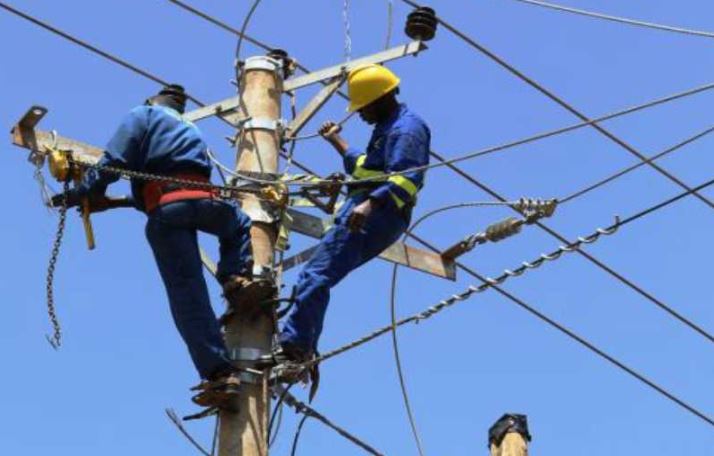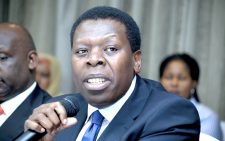Why high cost of power is bad for the economy

With the challenges facing Kenya — including elevated inflation mainly driven by high energy and food prices — any move to increase the cost of electricity will be countermElectricity is a key enabler of economic growth, and therefore, it is a no-brainer that a surge in cost will raise inflation.
It is Warren Buffett, the American business magnate who famously warned that the most important thing to do if you find yourself in a hole is to stop digging. Did the regulator miss the memo?
Starting next month, the Energy and Petroleum Regulatory Authority (EPRA) saw it fit to introduce a new tariff that will see electricity prices in some bands increase, a move set to eat into the budgets of many households that are already grappling with a high cost of living.
While the larger manufacturers who are categorised from CI1 to CI5, depending on their consumption, will pay relatively lower charges, the vast majority will feel the pain of these new changes. As a rule, production costs are usually passed on to the consumer.The onset for the subsidised consumer bands, also referred to as the lifeline tariff targeting consumers using 30 kilowatt-hours (kWh) per month, has locked out millions of people from the category, meaning that more homes will not benefit from this reprieve.
In the new tariff EPRA, consumers under the lifeline band will pay a basic energy charge of Sh12.20 per unit of electricity beginning next month. This is a 58 per cent increase from the current tariff of Sh7.70 per unit that was introduced at the beginning of last year.A tariff for households dubbed ordinary domestic consumer 1 — which covers households consuming between 31 and 100 units — will now see customers pay a basic energy charge of Sh16.30 per unit compared to Sh10 per unit under the 2018 tariff and Sh7.70 per unit under the 15 per cent reduced tariff.
Ordinary domestic consumer 2 will now target those consuming over 100 units of power monthly at Sh20.95, or 32.5 per cent higher than the 2018 tariff under which the energy charge was at Sh15.80.
Power costs across commercial consumers also increased. Commercial Industrial One will pay Sh14.70 per unit up from Sh12, while the Commercial Industrial Five category will pay Sh12.12 per unit from Sh10.10 under the 2018 tariff.
Understandably, costs have increased since 2018 and Kenya Power must make money. However, the fact that energy is a nerve centre of Kenya’s economic growth and development, looking at the electricity bill and value chain deals, maybe these new charges ought to be avoided.
Among the factors that are usually considered in the pricing of the final cost of electricity are taxes, system losses and cost of power generation.One question that arises is why Kenyans must pay close to 50 per cent in taxes to offset electricity bills. Parliament must come up with laws to reduce the cost of taxes, which is already too high for the common mwananchi and small businesses.
Secondly, the increase in system losses – that is the difference between power generated and power finally consumed – that continues to dog the utility company, impacting the cost of electricity in a big way, must be dealt with because the pain is passed on to consumers in higher power prices at a time electricity prices are already high.
To this end, Kenya Power must check inefficiencies and loses and crack down on unscrupulous customers and employees who collude to steal power, a cost which is then passed on as system loses.
Finally, Kenya must rest thermal power and use it only when necessary since we have cheaper alternatives. As KenGen’s acting managing director Abraham Serem told the Senate’s energy committee recently, the government should give KenGen an exclusive mandate to supply Kenya Power with electricity as this would significantly reduce costs.
Picture this, Kenya Power buys energy from KenGen at Sh5.30 compared to Sh195 per unit from thermal suppliers. Surely, something must give. Let’s stop digging ourselves into problems we can easily avoid.
— The writer is the Business Editor, People Daily












